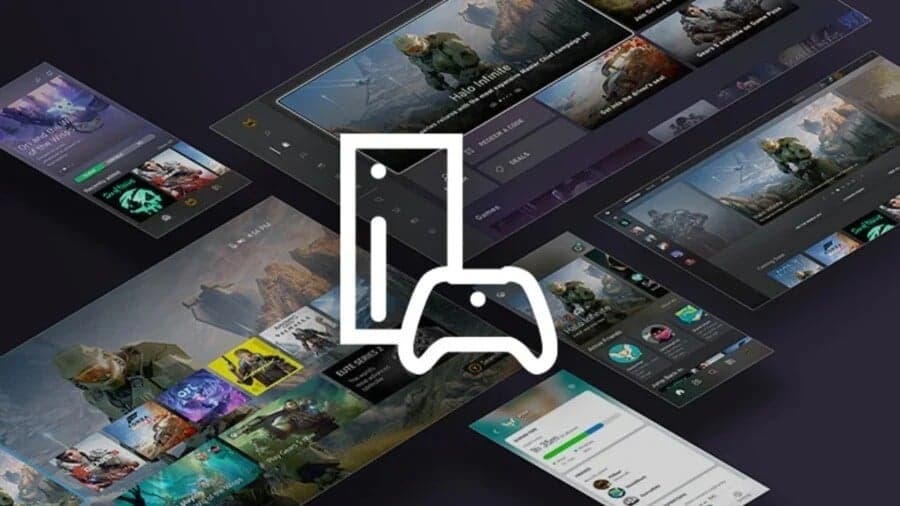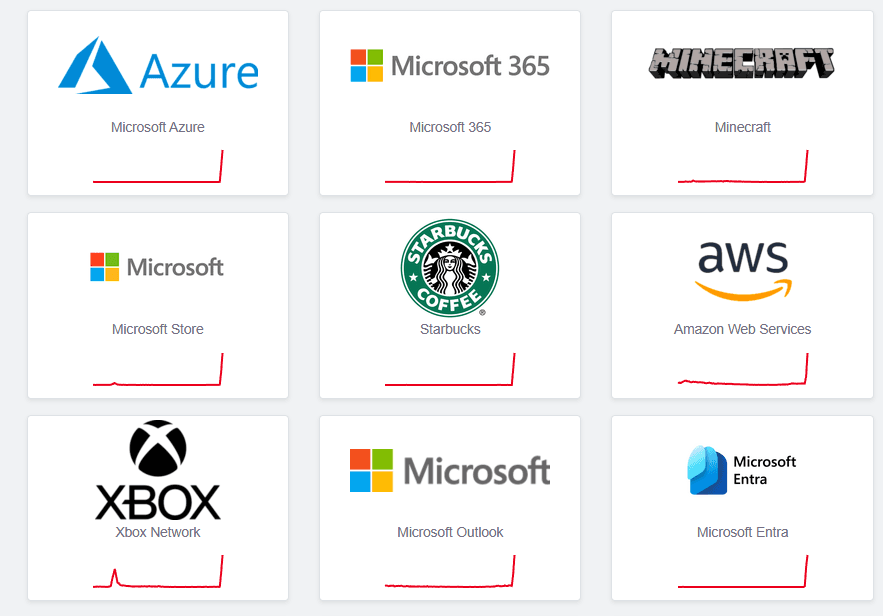
This outage caught my attention because it wasn’t just a hiccup-it yanked the digital backbone out from under Xbox. On October 29, 2025, a configuration change in Microsoft Azure’s edge layer (Azure Front Door) cascaded into a widespread failure: multiplayer sessions died, Game Pass installs stalled, purchases timed out, and even Xbox Cloud Gaming flatlined. Microsoft says the rollback is underway, but the damage is done. For players, the headline isn’t just “servers down”-it’s a reminder that the modern Xbox experience depends on cloud plumbing most of us never see until it breaks.
Azure Front Door sits at the edge of Microsoft’s cloud-think global traffic management, routing, and security. A bad config there meant requests started timing out or misrouting across multiple Microsoft services. That’s why it felt like everything popped at once: Xbox Network logins, Game Pass catalog calls, store transactions, entitlement checks, and cloud streaming sessions. The blast radius was global and extended to Microsoft 365 apps like Outlook and Teams, which tells you how foundational this layer is.
There’s a painful irony here: even the Xbox status page staggered because it rides the same infrastructure. So players were left with error codes and guesswork while the official comms played catch-up on social. If you were kicked out of Sea of Thieves mid-voyage, couldn’t join a Minecraft Realm, or saw The Outer Worlds 2 store page fail to load, you weren’t alone. This wasn’t a “restart your router” moment—it was the cloud coughing.

Multiplayer was the obvious casualty—lobbies wouldn’t authenticate, parties desynced, and in-session games lost connection. Game Pass users felt it next: installs and updates wouldn’t authorize, and the catalog couldn’t populate. Store purchases timed out, which means no new games, no DLC, and no in-app buys even for live service staples. Cloud gaming was a hard no; sessions failed before they started.
Licensing is where things get messy. Xbox’s entitlement checks are usually invisible, but outages expose how many games rely on periodic online validation. If a title hadn’t validated recently—or if your console wasn’t set as your “Home Xbox”—some single-player games refused to boot. Players who had their Home Xbox set and frequently played offline-friendly titles were largely fine. Everyone else experienced the brittle side of a digital-first ecosystem.

We’ve seen big-cloud outages before—AWS, Azure, take your pick—and every time it happens, gaming takes the hit because so much of our hobby now lives in the data center. Microsoft has sold Xbox as an always-connected platform where Game Pass is a utility and cloud saves just work. That’s great until a single config change turns off the tap worldwide. The fact the status page struggled too is a red flag: monitoring and player comms shouldn’t depend on the same system that’s failing.
There’s another hard truth: “single-player” doesn’t always mean “offline.” Devs lean on online services for telemetry, achievements, cross-progression, entitlement checks—you name it. I’m not saying strip online features out of everything, but there needs to be a stronger offline grace model. More generous license caching, longer offline windows for Game Pass, and clearer “you can play this offline” labeling would go a long way when the cloud goes sideways.

Microsoft says it’s rolling back the bad Azure Front Door config and tightening change controls. Good—now take it further. Decouple the status page and core comms from the main stack. Expand redundancy at the edge. Ship a more resilient licensing cache so players can boot what they “own” when the cloud sneezes. And if downtime crosses meaningful thresholds, don’t be shy about make-goods for Game Pass subscribers. Trust is earned by how you handle the bad days, not the good ones.
A botched Azure Front Door config knocked out Xbox logins, multiplayer, Game Pass installs, purchases, and cloud gaming. It’s a stark reminder that the modern Xbox experience lives and dies by the cloud. Keep offline-friendly games installed, set your Home Xbox, and expect a phased recovery while Microsoft shores up its processes.
Get access to exclusive strategies, hidden tips, and pro-level insights that we don't share publicly.
Ultimate Gaming Strategy Guide + Weekly Pro Tips